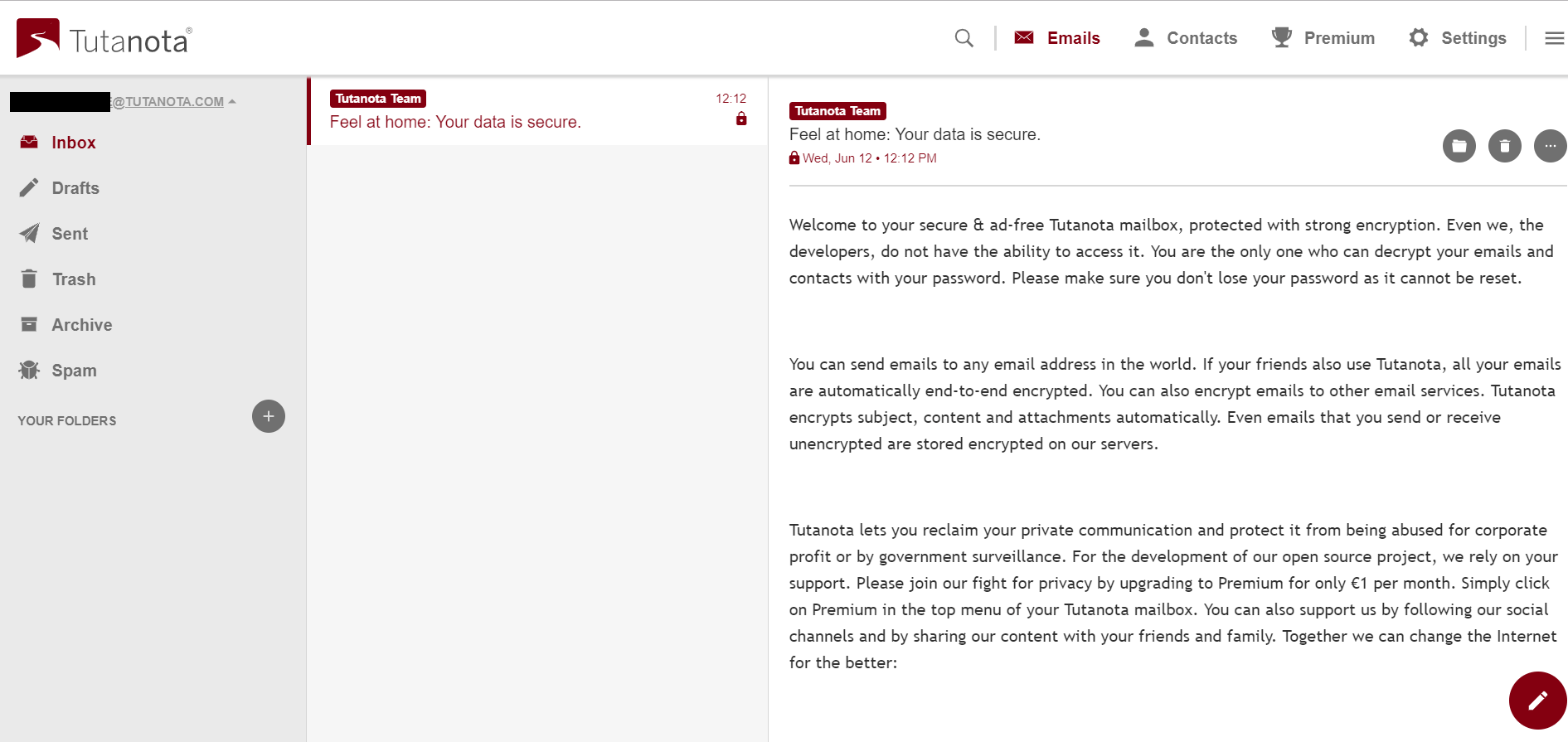

As you can see, the domain is not, but some unheard of domain. Here’s another email where there is a mailed by field and it was encrypted, but is certainly not from Microsoft. Lastly, there is no encryption on the email, which is very shady again. The email does have the mailed-by and signed-by fields, but again, it’s not the bank domain. Instead of anything related to the bank name, the domain is, which is very spammy sounding.

Let’s take a look at an example:Īs you can see, this email is supposedly from ICICI bank, but the email address automatically casts doubt on the authenticity of the email. Some spammers have gotten smart and sign and verify their own emails, but it won’t match the actual company.

For example, since this email is from Google, it should say for the two fields, which it does. Lastly, the email will almost always be encrypted if sent from a major bank or company.Įven though these fields ensure the email was verified, you need to make sure it was verified by the same company supposedly sending it. A visible signed-by field means the email was DKIM-signed. A visible mailed-by field means that email was SPF-authenticated. For any email that claims to come from a bank or big company, it should always have the mailed-by and signed-by fields. Since it says for both of these fields, the email is truly from Google. The important sections are mailed- by, signed-by and encryption. If you are using Gmail, you can verify the source very quickly by simply clicking on the Show Details arrow directly below the name of the sender. This is also where the email client comes into play. So how do you verify that an email is actually being sent from the real source and not someone else? In simple terms, you check the email header. If someone sets up a rogue email server, they can send a fake email that can show the sending address as Even though they can fake this aspect, the rest cannot be faked. I’ll explain further below.įor example, in the above screenshot, you can see that the email was sent from This should confirm that the email is really from Google, correct? Well, it depends. The ability to distinguish between a real email and a fake one also depends on your email client. In order to verify an email as authentic, you have to look at the sending email address and also the email header to be really safe. In any case, you do have to be vigilant before clicking on any link in these types of emails. Basically, when someone creates a new Gmail account, they have to add a recovery email address, which sometimes gets mistyped and hence sent to the wrong person. Luckily for me, it was and the email was harmless.

I probably shouldn’t have clicked the link in the email since I didn’t really know at that moment if it was from Google or not.
#ONLINE GEEK TOOLS HOW TO ENCRYPTED EMAIL PASSWORD#
Could they then try to recover my password and get it sent to this new email address? I wasn’t sure, so I clicked on the link at the bottom, which states that if you didn’t create this email address, then you can unlink it from your account. The wording of this email makes it sound like someone created a new email account and somehow linked it to my account. For example, the first time I got this email from Google, I was worried someone was trying to hack into my account. Even though I’m an IT guy and overall computer geek, I still get spoofed by some emails myself.


 0 kommentar(er)
0 kommentar(er)
